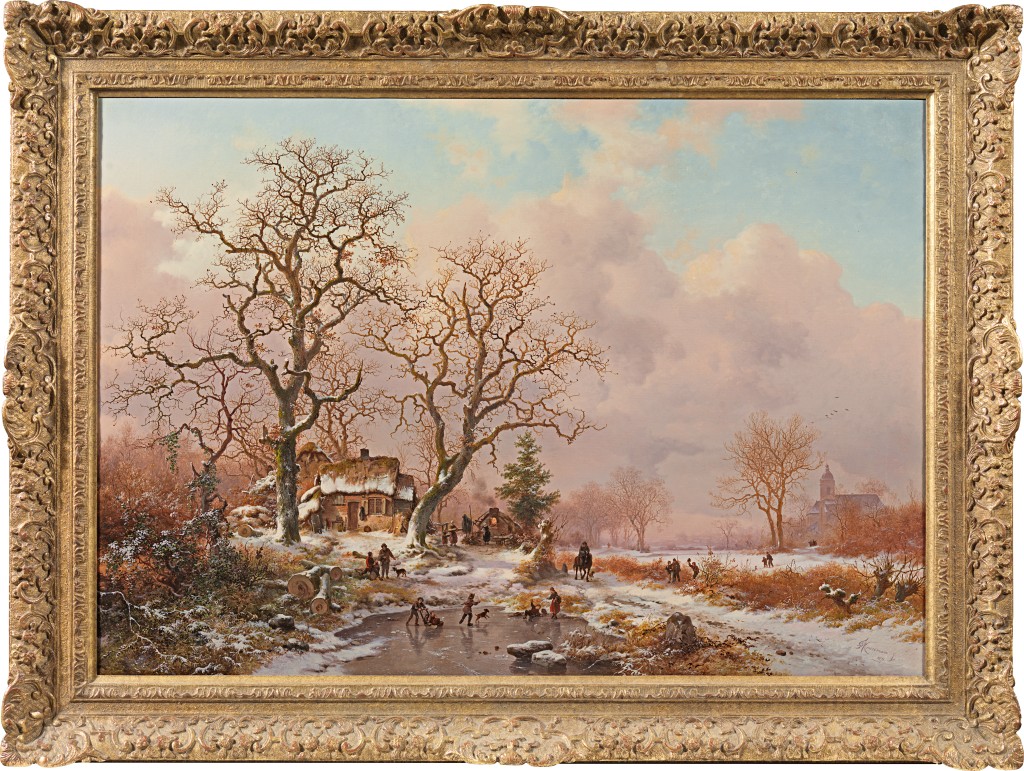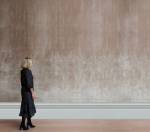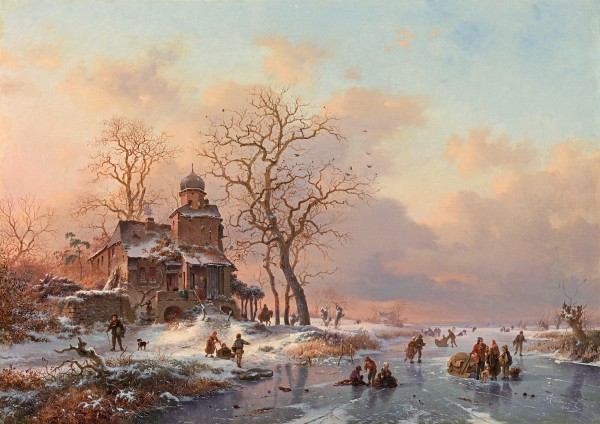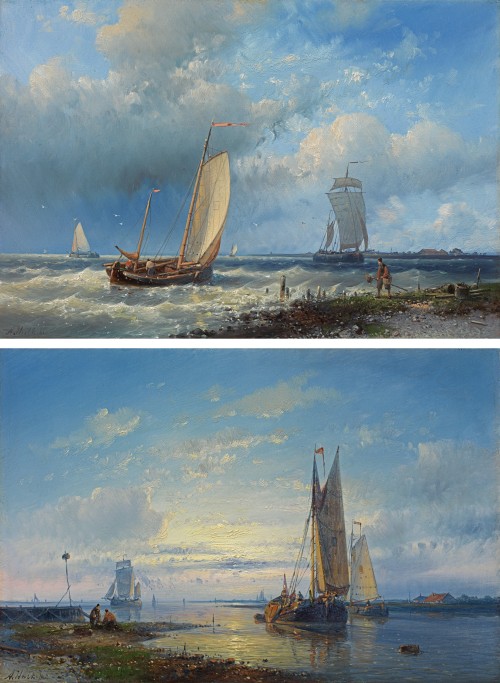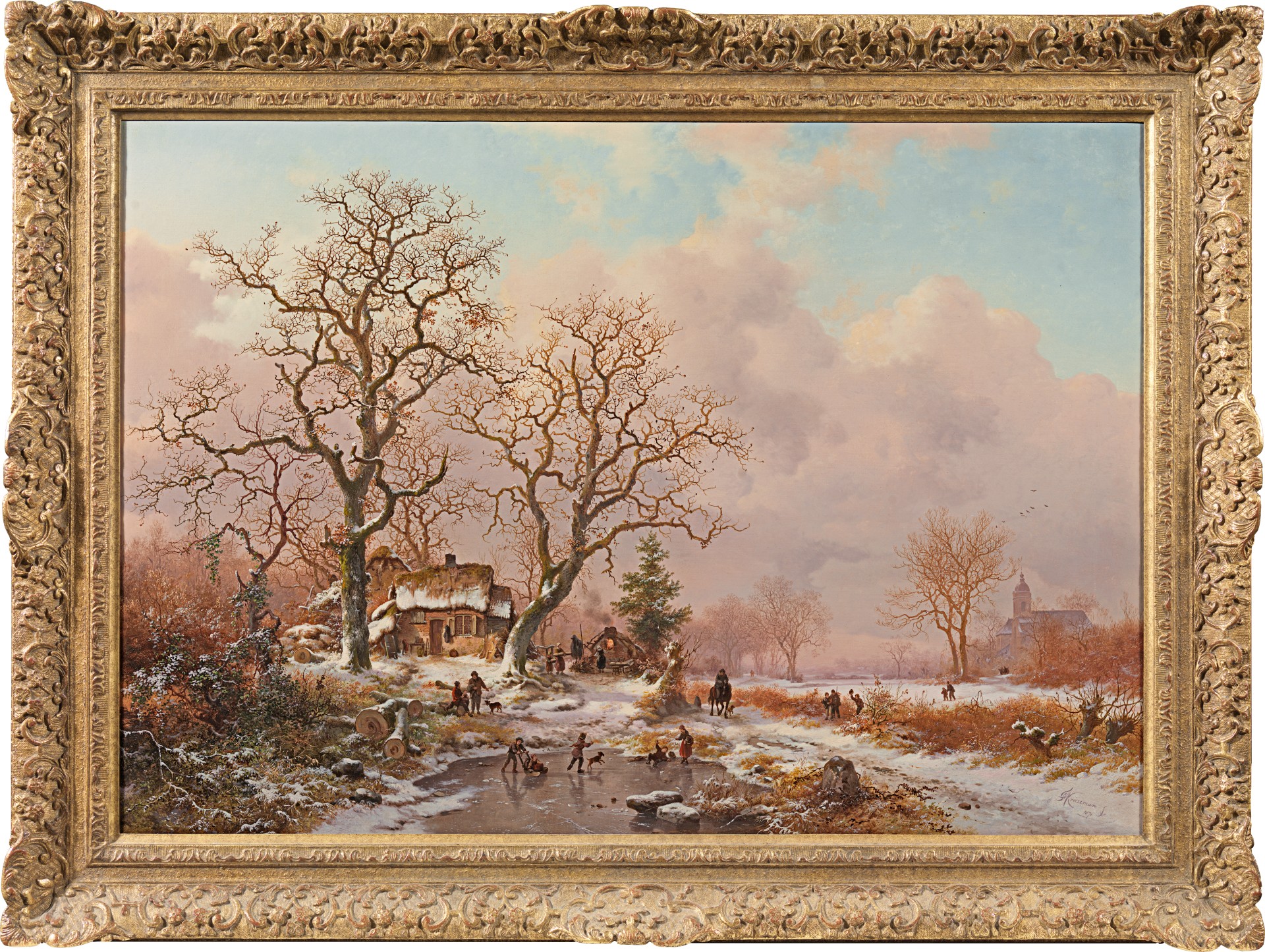FREDRIK MARINUS KRUSEMAN
Haarlem 1816 - 1882 Sint-Gillis, near Brussels
Ref: CL 3700
Winter scene
Signed and dated lower right: FMKruseman / fc / 1871
Signed, dated and inscribed on a label attached to the reverse: Se jous signe d’eclare avoir / peint le tableau a contre /(original et sans reproduction)/ Bruxelles 1871 / FM Kruseman
Oil on canvas: 27 x 39 in / 68.6 x 99.1 cm
Provenance:
Private collection, California, USA;
Richard Green, London, 1998;
Private collection, USA, 2000
Exhibited:
London, Richard Green, Romantic Paintings from the Low Countries, 1999, no.20
London, Richard Green, Romantic Paintings from the Low Countries, 2000, no.18
This painting has been authenticated and catalogued by Dr Marjan A C Van Heteren and Dr J M M de Meere authors of the catalogue raisonné of the oeuvre of Fredrik Marinus Kruseman, published 1998.
Dr de Meere has praised this painting as: ‘representing the very best quality that Kruseman was capable of and is in our opinion and without question an authentic work by this artist. Very special is the bakery scene at the very core of the painting. Comparable compositions are included in our catalogue raisonné on p. 192, cat. no. 172; p.193, cat. no. 177 and p. 194, cat no. 182.’
Fredrik Marinus Kruseman specialised in summer and winter landscapes with figures and showed a particular talent for depicting snow scenes and winter sports. Occasionally he also painted still lifes. Kruseman came from an important family of artists. He was the cousin of both Cornelis Kruseman (1797-1857), Director of the Royal Academy of Fine Arts of Amsterdam and a popular painter of historical and biblical subjects and peasant scenes, and Jan Adam Kruseman (1804-1862), a historical painter and portraitist.
The son of a Lutheran hatmaker from Haarlem, Fredrik Marinus Kruseman studied under many of the great Dutch landscapists of the nineteenth century school. In 1833 he was a pupil of Jan Reekers (1790-1858) at the City Drawing School in Haarlem. He continued his tuition with Nicolas Jan Roosenboom (1805-1880), pupil and son-in-law of Andreas Schelfhout, in Haarlem. He made his début at the Living Artists Exhibition in The Hague in 1833. Two years later, he moved to Hilversum for a year where he studied with Jan van Ravenwaaij (1789-1869). He returned to Haarlem briefly before he left for Kleve and in this period he was the student of Barend Cornelis Koekkoek (1803-1862), who was to have a considerable and lasting influence on both his subject matter and style. Kruseman travelled extensively in Northern Europe, visiting Belgium, Germany and France, finally settling in Brussels in 1841. Between 1852 and 1856, Kruseman lived once again in the environs of Haarlem, but he returned to Brussels in 1856 where he remained for the rest of his life. He exhibited in Amsterdam and The Hague between 1833 and 1856.
The work of Kruseman is represented in several museums including the Bibliothèque Royale Albert I, Brussels, the Frans Halsmuseum, Haarlem, and the Nijmeegs Museum de Commanderie van Sint Jan, Nijmegen, the Stedelijk Musea Kortrijk, Coutrai, Belgium, the Museum der Bildenden Kunste, Leipzig and the Hamburger Kunsthalle, Germany.



